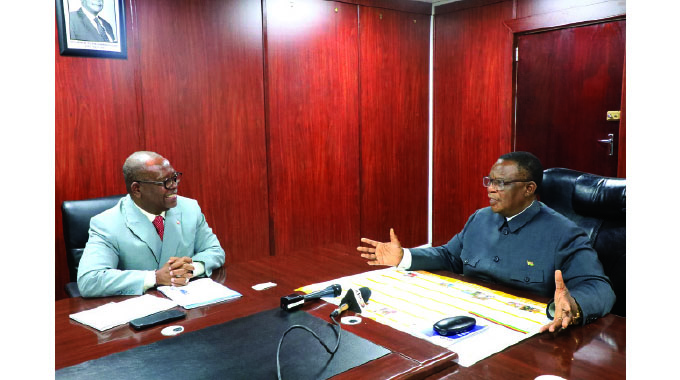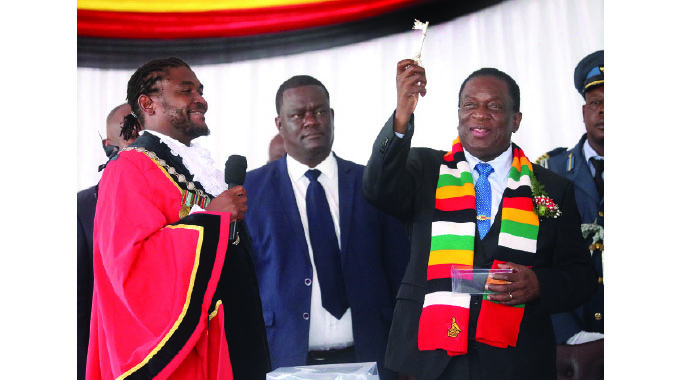Milestone as Unit 7 goes full blast

Africa Moyo-Deputy News Editor
Hard work by Sinohydro Corporation staff and the over 150 young Zimbabwean engineers since August 2018 as they expanded Hwange Power Station’s generation capacity, appears to have been worth the while after Unit 7 generated at full capacity for the first time on Thursday.
Unit 7 was successfully synchronised with the national grid at the first attempt on March 20, and since then, engineers have been increasing electricity generation output.
Posting on its Twitter handle, Power China, the parent company for Sinohydro Corporation, said: “Output of Hwange Unit 7 first achieved full capacity of 335MW at 09:27, 30th March.”
The milestone has naturally excited the engineers, but it will surely interest electricity consumers too, who are going for some time without electricity due to load-shedding as demand is outstripping supply.
In an interview last night, Hwange Power Station expansion project manager, Engineer Forbes Chanakira, confirmed that Unit 7 generated 335MW on Thursday.
“This means the job was well done. But today (yesterday) we reduced the capacity to 280MW because there were some tests we were running,” said Eng Chanakira.
“There are many tests that we do, as we earlier said. Yes, Unit 7 is now on stream, but we will be conducting a number of tests on the unit.
“We will get to what is called unit reliability run. We run that test when the unit is on 335MW continuously for 168 hours.”
Eng Chanakira also explained how Unit 7 generated 335MW when all along people thought it had capacity for 300MW, just like Unit 8, which is also under construction.
He said indeed the machine was designed to generate 335MW, but the 35MW are silent as they are used by the equipment that helps to generate electricity.
“What goes into the grid is 300MW, that is why we say it is a 300MW machine when we talk in laymen’s language.
“So we have tested our machine and it was able to produce the megawatts it was designed for, which we call nameplate capacity,” said Eng Chanakira.
Following the coming on stream of Unit 7, electricity generation at Hwange Power Station has considerably risen, compared to what was coming out before March 20.
Unit 8, which will also generate 300MW, is expected to come on stream in October, in a development that will significantly reduce demand for electricity.
When more electricity becomes available, the many new projects in sectors such as mining, agriculture and manufacturing, will be assured of electricity so that they operate and contribute to Vision 2030 of an empowered upper middle income society.
Many investors are interested in taking up opportunities in Zimbabwe, swayed by President Mnangagwa’s mantra, “Zimbabwe is open for business” and the generally friendly policies implemented since 2017.
Yesterday, Hwange was generating 541MW while Kariba South Hydro Station was churning out 350MW, as engineers continue to ramp up output following a rise in water levels in Kariba Dam.
Of the small thermal power stations, only Munyati was generating 17MW, for a total output of 908MW.
National electricity demand is around 1 800MW, meaning load shedding had to be employed.
Zimbabwe continues to work out various plans to worm its way out of electricity shortages, including heavy investments in solar and other renewable sources, to minimise the effects of climate change.









Comments